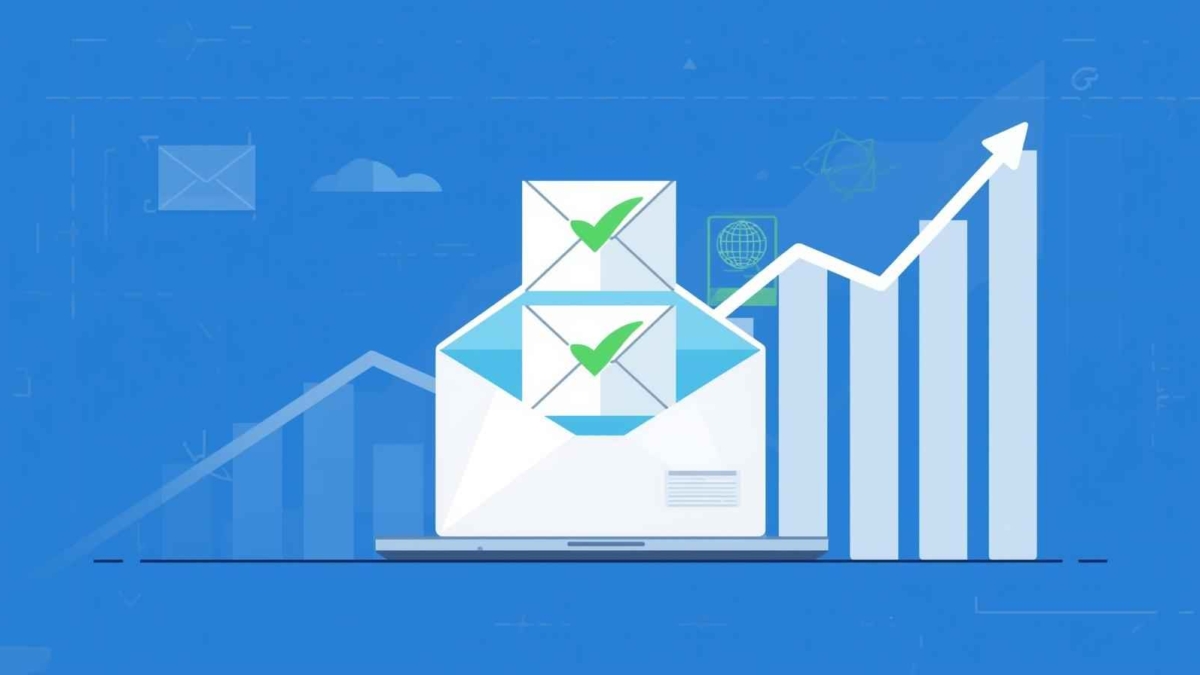Introduction
Ever sent out an email campaign only to see most of it land in spam or bounce back? That’s what poor deliverability looks like. In today’s world, getting your email into someone’s inbox is harder than just hitting send. The real difference often comes down to the quality of your leads.
This article explores how verified leads boost your email deliverability and why lead accuracy is the backbone of successful email campaigns.
Understanding Verified Leads
A verified lead is a contact whose details—like email, phone number, or company information—have been checked and confirmed. This means the email address is real, active, and belongs to the person you’re trying to reach.
On the flip side, unverified leads are risky. They could be fake addresses, outdated contacts, or spam traps. Sending emails to them almost always harms your campaigns.
The Connection Between Lead Quality and Email Success
Think of lead quality like fuel for your car. If the fuel is clean, your car runs smoothly. If it’s dirty, you’ll break down.
- Accurate leads = higher open and click rates
- Bad leads = bounces and spam flags
The relationship is simple: the better your leads, the more successful your email campaigns.
Common Problems with Unverified Leads
Unverified leads create a chain of problems:
- High bounce rates → Too many bounces signal email providers that you’re spamming.
- Spam complaints → Bad addresses often trigger filters.
- Low engagement → Dead emails don’t open your messages, lowering your sender reputation.
Why Email Deliverability Matters for Businesses
Email deliverability is more than just avoiding spam. It’s about:
- Protecting your brand’s credibility
- Ensuring a higher ROI on marketing efforts
- Building trust with customers
If your emails don’t reach inboxes, you’re wasting money and time.
How Verified Leads Improve Email Deliverability
Here’s where verified leads make the magic happen:
- Lower bounce rates – Emails land in real inboxes.
- Fewer spam complaints – Accuracy reduces misdirected emails.
- Higher engagement rates – Verified leads are more likely to respond.
- Stronger sender reputation – ISPs trust you more.
Benefits of Verified Leads for Marketers
For marketers, verified leads mean:
- Better targeting – Reach the right people at the right time.
- Increased conversions – Quality leads are more likely to buy.
- Higher ROI – Less wasted effort, more results.
Tools and Techniques to Verify Leads
You can verify leads in two main ways:
- Manual verification – Checking details by hand (time-consuming).
- Automated tools – Using platforms that validate email addresses instantly.
Services like ZoomInfoList.com help businesses access accurate, verified data that supports better email campaigns.
The Role of Data Hygiene in Email Marketing
Verification isn’t a one-time job. Practicing good data hygiene is critical:
- Remove duplicates
- Eliminate inactive or bounced contacts
- Update old information regularly
Case Study Example
Imagine a company with 50,000 email contacts, but only half are active. Their campaigns kept failing. After verifying and cleaning their list, bounce rates dropped by 70% and open rates doubled.
That’s the power of verified leads.
How Verified Leads Impact Sender Reputation
Your sender reputation is like a credit score for email marketing. ISPs (like Gmail and Outlook) score you based on how trustworthy you are. Verified leads help you maintain a high score by reducing bounces and spam complaints.
Tips to Maintain a High-Quality Email List
- Always use double opt-in
- Re-verify your list every few months
- Segment your audience for better personalization
Email Campaign Metrics to Track
To measure success, keep an eye on:
- Delivery rate
- Bounce rate
- Open rate
- Click-through rate
Future of Email Deliverability
The future is moving towards smarter, AI-driven verification tools and even tighter spam filters. Businesses that rely on verified leads will always have the upper hand.
Conclusion
Verified leads aren’t just “nice to have”—they’re essential. They improve email deliverability, boost engagement, and protect your sender reputation. If you want your campaigns to succeed, invest in accurate leads from trusted providers like ZoomInfoList.com.
FAQs
1. What happens if I send emails to unverified leads?
You’ll likely face high bounce rates, low engagement, and a damaged sender reputation.
2. How often should I verify my email list?
At least every 3–6 months, or before every major campaign.
3. Can verified leads guarantee 100% deliverability?
Not 100%, but they significantly increase your chances compared to unverified leads.
4. What tools can I use for lead verification?
Popular tools include NeverBounce, ZeroBounce, and services like ZoomInfoList.com.
5. How does ZoomInfoList.com help with verified leads?
It provides businesses with accurate, verified contact data to improve campaign success and ROI.


Leave a comment